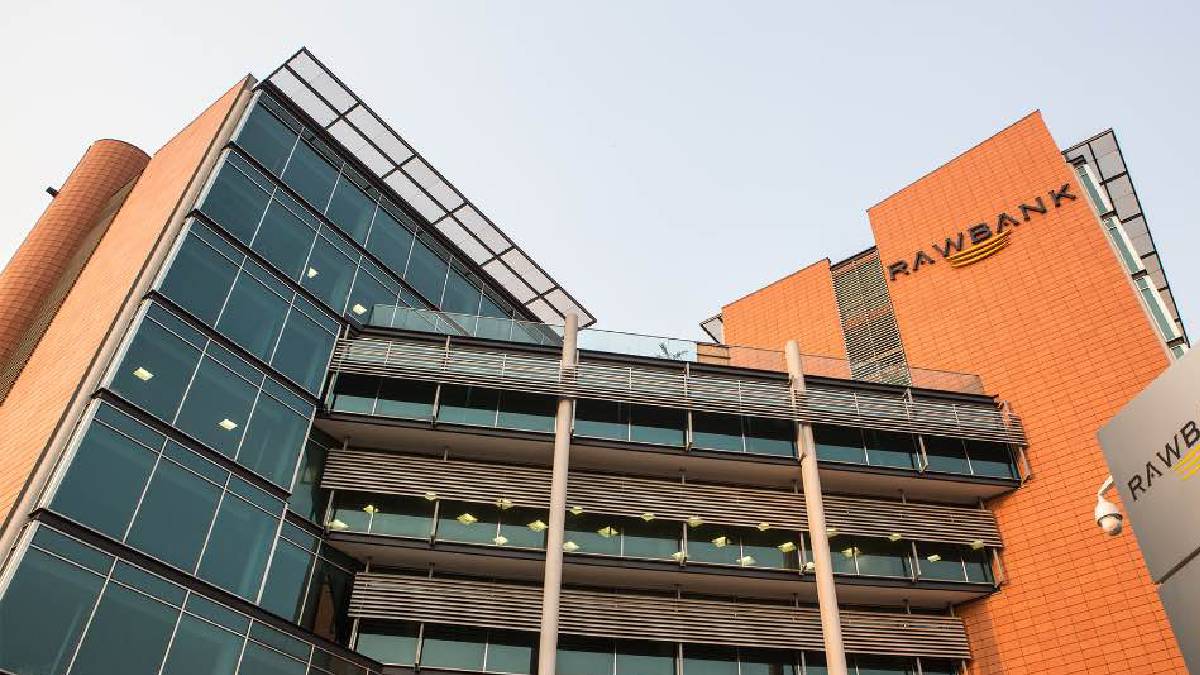
Minimizing risk and increasing revenues by using explainable AI to analyze loan applications
Kinshasa, Democratic Republic of the Congo
Launched in 2002, Rawbank aims to drive economic growth in the Democratic Republic of the Congo by providing financial services to retail, business, and corporate clients. In just over 20 years, Rawbank has expanded to become the largest commercial bank in the Democratic Republic of Congo.
As the bank expanded its share of the market, it needed to scaleup in its lending division. Previously, Rawbank assessed loan applications manually—a time-consuming and labor-intensive method that offered limited insight into the probability of clients defaulting on repayments. Moving forward, the bank wanted to improve its decision making and minimize exposure to risk by gaining a deeper understanding of applicants. In addition, the bank looked to accelerate the approvals process to deliver a higher standard of service.

The use of Temenos XAI enabled us to gain the full benefits of AI in managing risk and increasing profits while using models which we can easily understand, analyze and augment with our expertise. I have been really impressed with the level of service we get from Temenos.”
Nadeem Akhtar, Director Performance Branch Network at Rawbank
Realizing that automation offered the smartest approach, Rawbank decided to use the Temenos Explainable AI (XAI) platform to streamline and improve its risk assessment for retail, SME and Corporate lending. The solution will enable the bank to rapidly develop, deploy, and integrate predictive risk models into its credit scoring workflows to determine the likelihood of applicants meeting repayment schedules. XAI will also provide transparency into how it calculates credit scores, enabling Rawbank to explain lending decisions to clients and regulatory authorities.
With XAI providing deeper insight into loan applications, Rawbank expects to reduce its loss given default rate and increase net profits on lending considerably. As well as protecting against default risk, increased levels of automation will improve the speed and efficiency of loan approvals, ensuring higher quality of service. And the bank will be able to continuously optimize the predictive models to ensure accuracy.
